The Orpheum Theater in Duluth, Minnesota, was built on the old Temple Opera House site. The opera house was destroyed by fire on October 12, 1885. The land sat empty until millionaire businessman Guilford Hartley purchased it in 1910 and built the Orpheum in its place. All of Duluth’s movers and shakers came out for opening night on August 22, 1910.
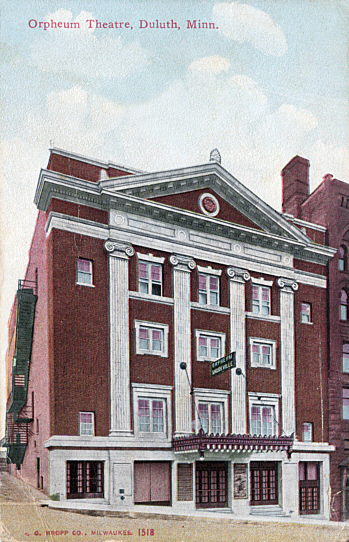
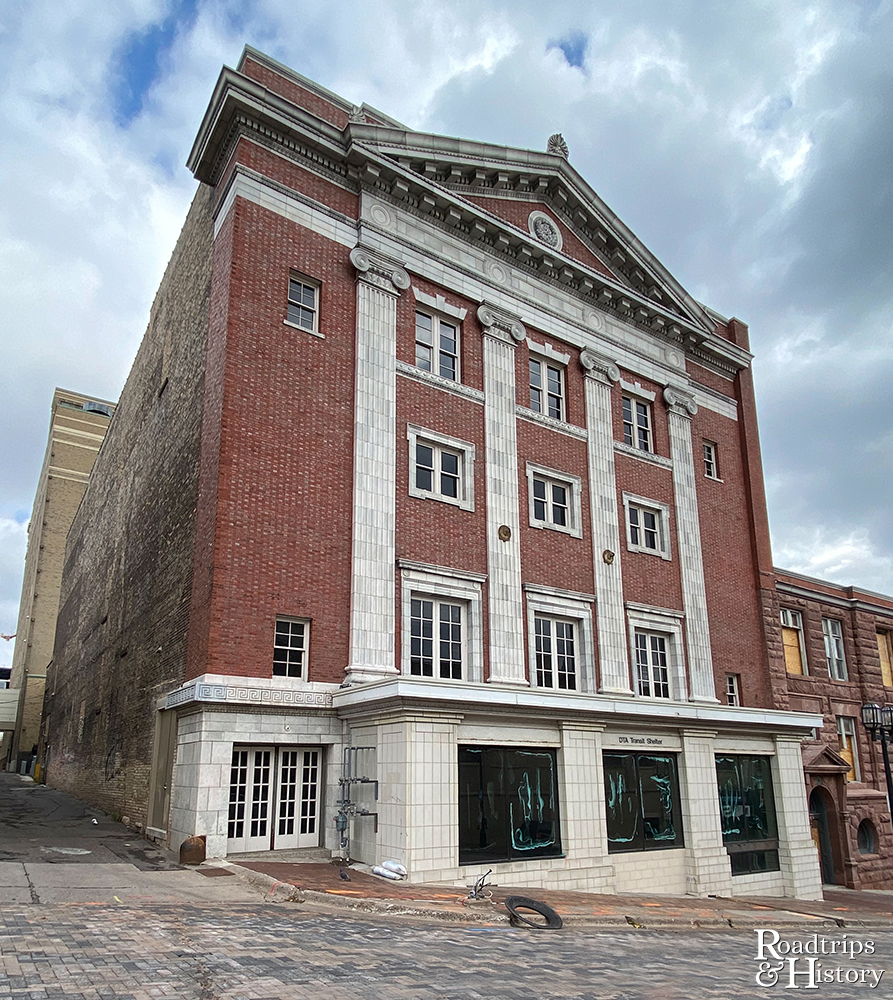
Rising From The Ashes
The exterior of the four-story building was faced with pretty reddish-orange colored bricks set off by off-white glazed terra cotta decorative elements. An ornamental iron awning hung above the main entrance on Second Avenue.
The lobby was finished with a white marble floor, stone walls, and an ornate ceiling. A marble staircase with intricate iron railing ushered guests to the main auditorium, where guests could find their seats on the main floor or on the two balconies above. The best seats were in the ten (five on each side of the auditorium) private boxes. However, the Orpheum was known to have exceptional acoustics, so guests in the furthest seats of the upper balcony could hear even the quietest moments on stage.
Throughout the 1910s and early-1920s, the Orpheum competed with the Lyceum Theater for the best national acts. Notable performers like Mary Pickford, the Marx Brothers, Jack Benny, Charlie Chaplin tread the boards of the Orpheum.
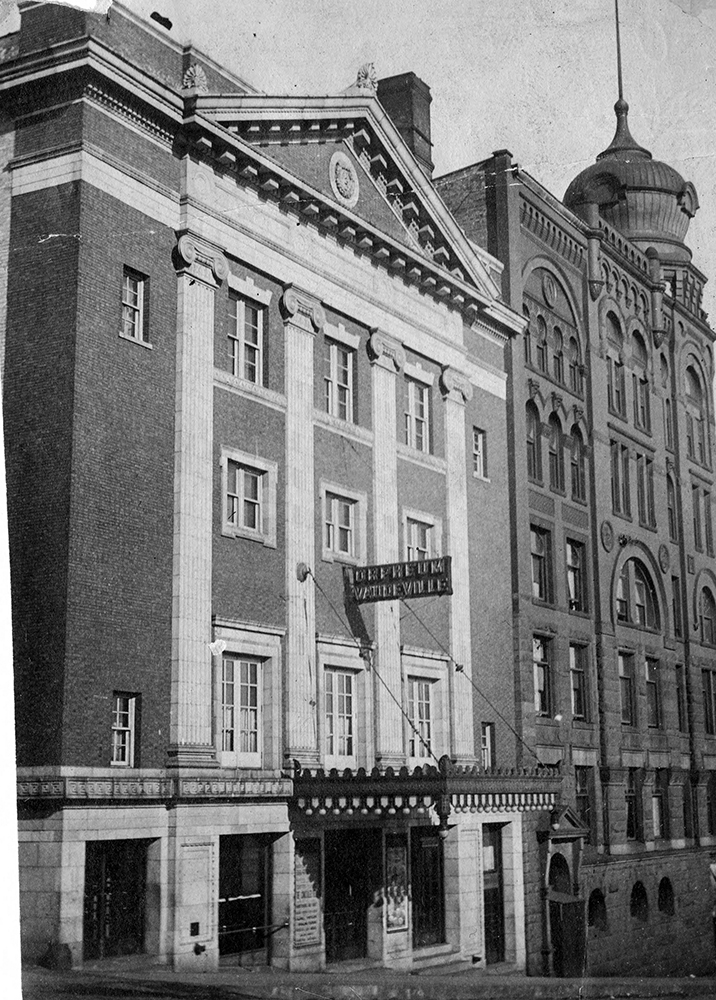
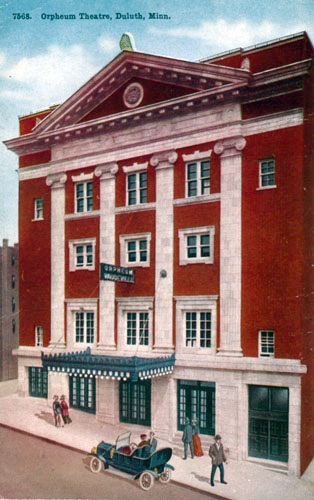
Changing Times
By the 1920s, many popular vaudeville acts stopped touring and became the first stars of moving pictures. The Orpheum had to adapt to the changing times or be left in the past. So in the mid-1920s, the theater was adapted to accommodate movies.
Adapting the theater for movies didn’t guarantee future success, though. Duluth already had several popular movie houses closer to new, growing neighborhoods. In an attempt to attract movie-goers, the main entrance of the Orpheum was moved to Superior Street. Its glowing sign was attached to the corner of the Temple Block building to make the theater more visible.
Unfortunately, the Orpheum just couldn’t compete. The theater had trouble staying open throughout the 1930s, with various owners trying to find a successful gimmick to keep the theater running. It finally closed for good in 1940.
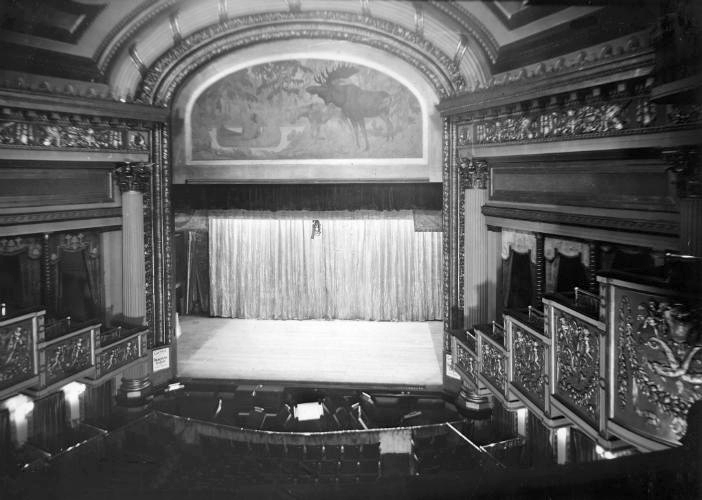
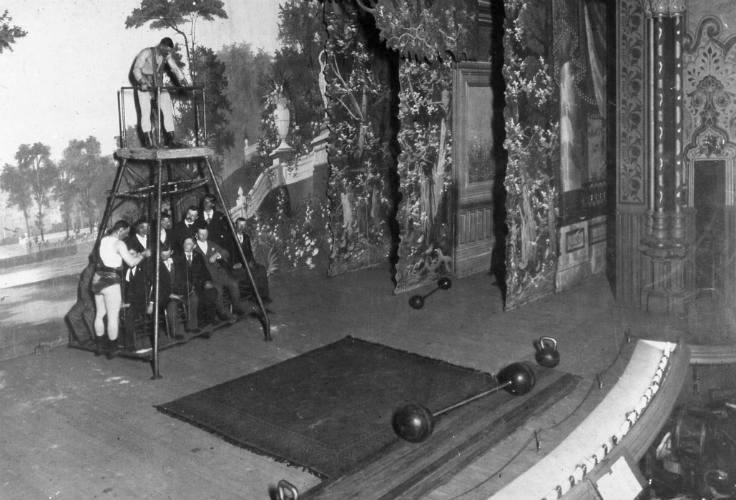
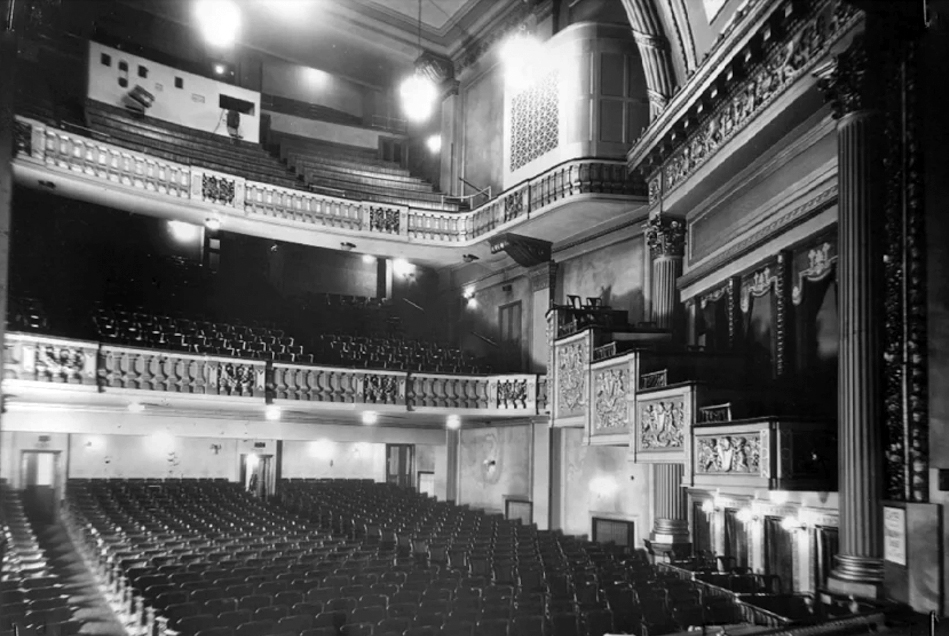
Finding A Future
Minnesota Amusement Company acquired the building and the attached parking garage in 1940. Workers gutted the interiors, reversed the layout, and finished the new movie house with glitzy Art Deco decor. The main entrance remained on Superior Street, where a 65-foot tower sheathed in porcelain and covered in lights was added. And with that, the NorShor Theater was born.
After the NorShor opened, the façade on Second Avenue was pretty much forgotten. There was a back entrance to the theater there, but no one really used it. Its bricks and decorative terra cotta gathered all the dirt and grime a growing city spit out.
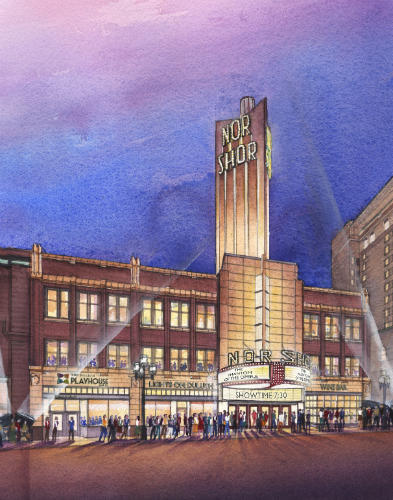
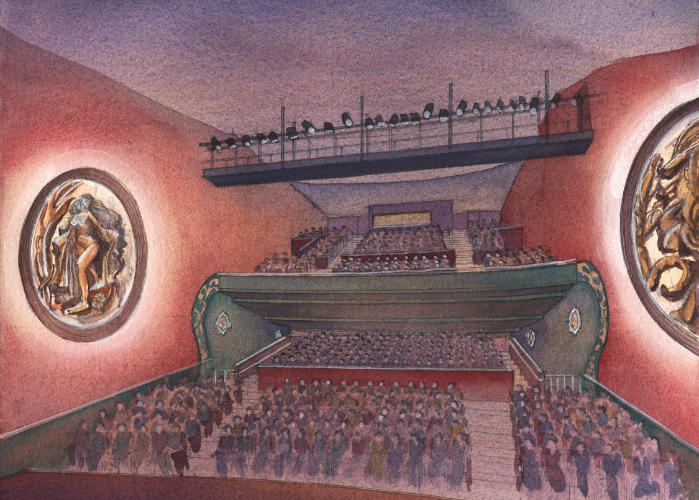
Restoration and Reopening Of The NorShor
After several decades and attempts to revive the space, complete restoration of the NorShor began in 2016. It’s been completely restored with all the Art-Deco wall art intact and the rebuilding of the main stage, complete with orchestra pit.
The Second Avenue façade was cleaned. Despite a one-level extension that hides the doors to the original entrance to the theater added by the Duluth Transit Authority in 1985, it looks remarkably the same as it did in the 1920s.
The NorShor Theater now hosts concerts, live stage performances, classic movie nights, and more. If you visit, pop around the corner onto Second Avenue and see where the theater got its start.
